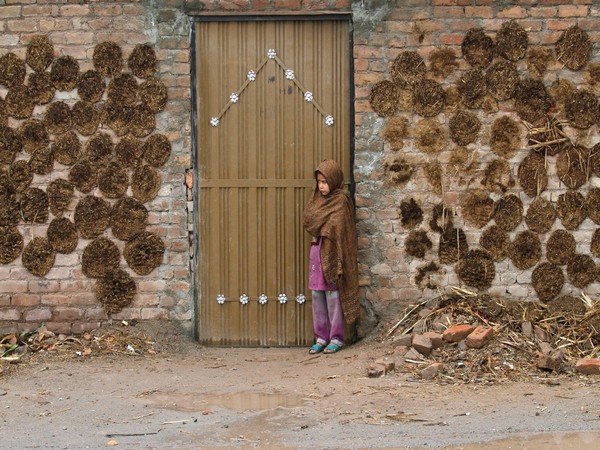
Pakistan Army and why Madrasah Continues to be a Deep State intervention
Sun, 20 Jun 2021 | Reading Time: 4 minutes

The quintessential image of children stacked in a queue of sorts bending back and forth reciting is a common image of any Madrassah/ Madrasah (Islamic Religious School/Seminary) that you can find across the world. But the social engineering and deployment of Madrasah done in Pakistan outstrips any similar setup in other Islamic countries. What Pakistan has dubiously achieved is to weaponize the Madrasah thought output in a sympathetic ecosystem, which since the 1980s has become an instrument of a proxy Deep State low-cost domination of both internal and external interests of Pakistan.
Pakistan Army and the Madrasah Proliferation
The Pakistan Army’s role in Madrasah education stems from the above operating philosophy. If one were to think that what can Madrasah do alone to contribute to this big web of Pakistani Deep State Islamic Terrorism Framework (PDSITF), it may not be tantamount to much on its own alone. The Madrasah is just a cog in the wheel that turns the Pakistani Islamic Terrorism bandwagon. But the Army has created a supply-side and also demand-side ecosystem, funding and positioned the public perception to weaponize or use them as strategic assets for proxy low-cost operations. With the Army-Intelligence-Mullah complex dominating the AA(Allah-Army) glue of Pakistan, the Army took the role of pole position to be the enabler of this ecosystem that gives it multiple upsides in its geopolitical roadmap to define a Jihadi deep state to serve Pakistani state interests and fan its low-key “thousand cuts to the enemy” strategy at a fraction of cost of what it would have required otherwise in a full-scale military intervention.
How did Pakistan Reach Here? The Story of Unbridled Madrasah Growth
Pakistan today has nearly 50% of its school-going eligible population out of school and this figure is close to 25 million. Out of the rest, 50% – at least 10% -i.e. 2.5 -3 million students are with various Madrasahs.
At the time of Partition in 1947, Pakistan had only 150 Madrasah mostly with Barelvi Sufi theological thought process. They managed their funding and would get some small measure of funding from the state. Now there are more than 30,000 plus Madrasah (with unofficial figures as high as 40,000 to 60,000 Madrasah) . Unofficially, Madrasahs now surpass the number of underfunded public schools in Pakistan.
This funding has been channelised by the US and Saudi Arabia through the Army from the 1980s till 2017. While the US stopped funding post the completion of the Afghan-Soviet War, Saudi Arabia continued to fund these Madrasahs in Pakistan. With no funds coming from Americans, the Saudi continued to fund it. But increasingly this was diverted to maintain deep state domination over Afghanistan in the form of the Taliban and the rest being deployed towards India. It’s no wonder that India saw an exponential rise in terrorism from 1995 to 2014. The Army which was the catalyst of these Madrasah blooming phase in 1980s and 1990s is now finding these huge numbers as more of a liability than an asset, especially since the Saudi funding has also started drying down since 2017 post the rise of the powerful Saudi Prince Mohammed Bin Salman (MBS).
Pakistan Army has been toying with idea of bringing the 30,000 plus Madrasah under Government control to reduce the element of radicalization. But the sincerity is misplaced as Pakistan has still not abandoned its militant proxies who are turned towards Afghanistan and India. In that context, the Army trying to revisit the whole doctrine is not to abandon the construct, but finetune it to make it more cost efficient and productive in the way the Army deems it useful. The focus of these measures is on the following issues: –
• To allay the fears of allies like China which are concerned about attacks on their investments in CPEC by radicalised elements who are products of these Madrasas.
• To reduce the budget of maintenance of non-contributing or unregulated Madrasah that had spawned over last 40 years which do not see any future funding prospects.
• Modernise the Madrasa education by including scientific education thereby getting a product which is not only sufficiently radicalised as per requirement but also adequately skilled for increasing sophistication required in terror activities as seen around the globe .
• To ensure that supply side effectively meets the demand side but does not turn back on the Pakistani establishment like the TTP and TLP did.
• The rise of religious political parties and their coming together to fight the elections is a major cause of concern for the Pakistan Army as a government if formed by such a coalition will not be amenable to its control. A vice like grip on the Madrasahs will allow the Pakistan Army to control the likelihood of such coalitions being formed.
The COAS statement is seen as too late in the day and possibly serve as a PR statement to create positive optics to the non-Pakistan media and the world governments. Nothing may change much at the ground level because Pakistan Army is loath to let go of this infrastructure that gives it deep state nuisance value depth and has painstakingly built it over last 45 years. To this effect, a Madrasah legislation was presented in Pakistan Parliament which when passed will follow an enhanced budget to finalise a standardized syllabus and appointment of teachers with the Army taking a conscious call to step more actively into the regulatory aspect of Madrasah.
Pakistan today must travel back one to two generations to undo the damage it has done to its education system since the 1960s and more so after the 1980s. The systematic manipulation of the education policy over the years has created too many Frankenstein monsters that have come to haunt the Pakistan polity.
Views are personal
Diaa Hadid, “Pakistan Wants to Reform Madrassas. Experts Advise Fixing Public Education First”, https://www.npr.org/2019/01/10/682917845/pakistan-wants-to-reform-madrassas-experts-advise-fixing-public-education-first , accessed on 19 May 21.
Ahmed Khalid, “Pakistan’s education ‘reforms’ are privileging the madrassa system”, https://indianexpress.com/article/opinion/columns/pakistan-education-reform-madrassa-system-6544847/ accessed on 20 May 21.
Disclaimer
The opinions expressed in this article are the author’s own and do not reflect the views of Chanakya Forum. All information provided in this article including timeliness, completeness, accuracy, suitability or validity of information referenced therein, is the sole responsibility of the author. www.chanakyaforum.com does not assume any responsibility for the same.
Chanakya Forum is now on . Click here to join our channel (@ChanakyaForum) and stay updated with the latest headlines and articles.
Important
We work round the clock to bring you the finest articles and updates from around the world. There is a team that works tirelessly to ensure that you have a seamless reading experience. But all this costs money. Please support us so that we keep doing what we do best. Happy Reading
Support Us





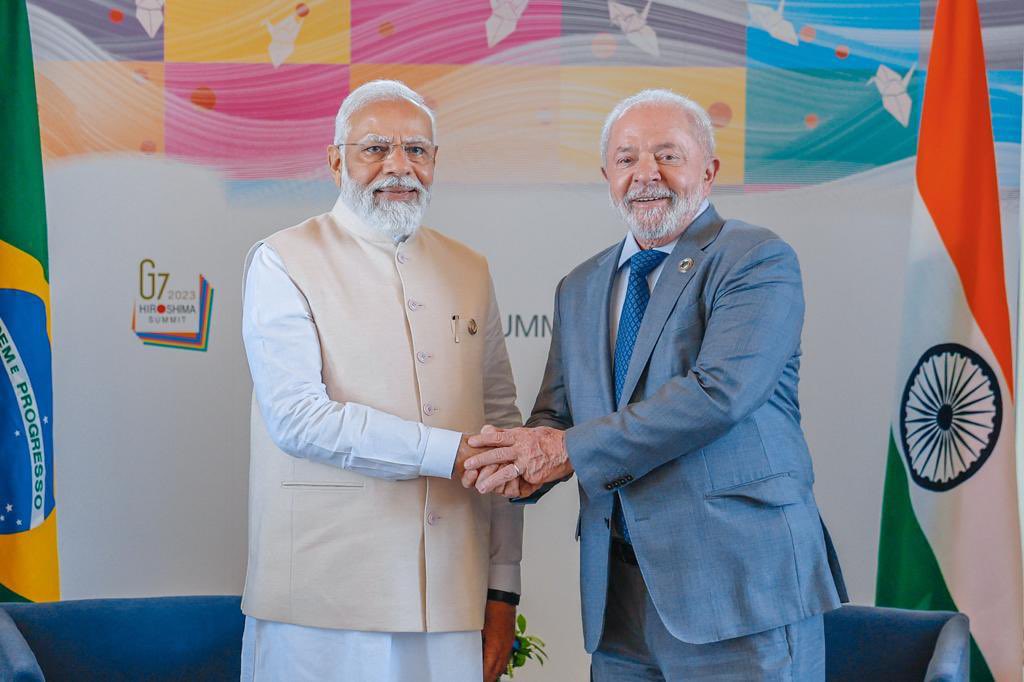

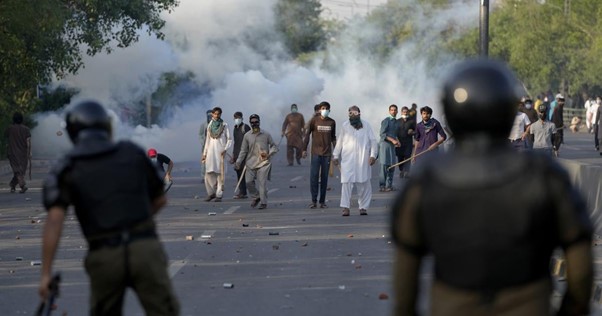

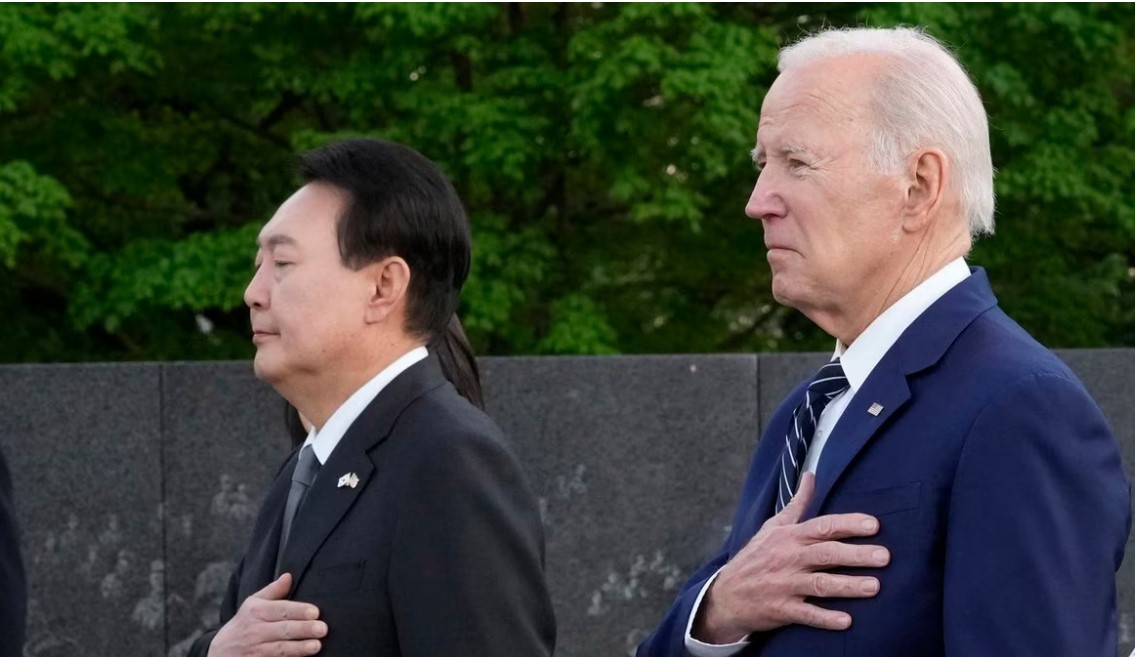


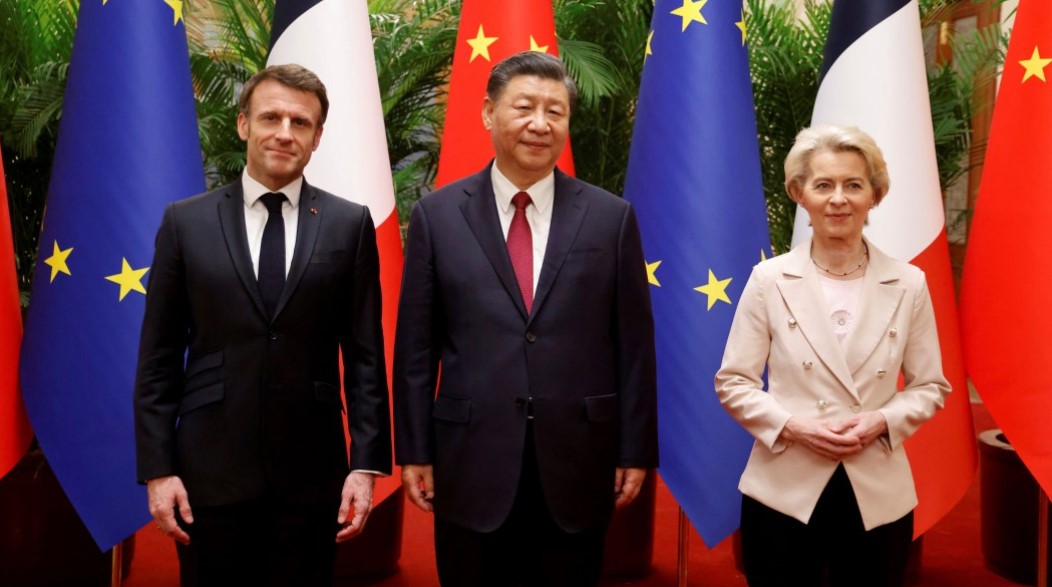
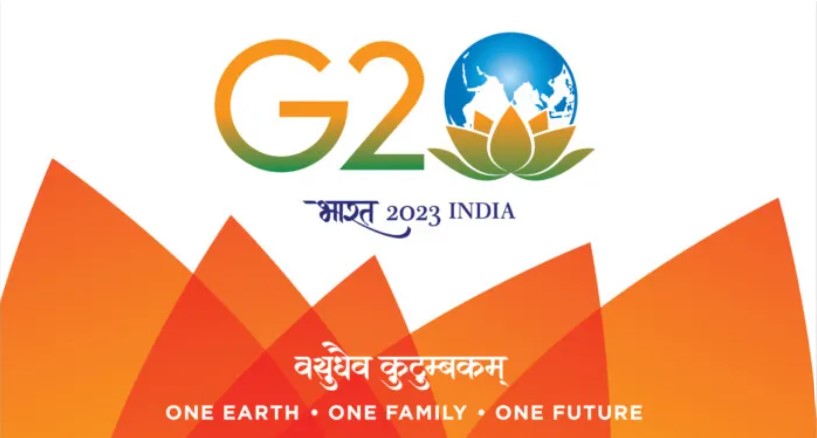






POST COMMENTS (1)
vidhvanshak